Although I’m a horror novelist first and foremost, most of what I write is set in the past, or at least has a historical element.
Writing horror doesn’t need much support. While critiques are invaluable, in general you can either do it or you can’t, and there isn’t much you can refer to to help. I’ll leave it to my readers to decide which camp I fall in.
But the historical side of my fiction is different. I’m always needing to research some detail of my Celtic-themed stories. So, where do I turn for help?
Well, firstly, I have the standard dictionaries and the like that I guess most writers have my their desk. I have a dictionary, a thesaurus, and a Dictionary of Grammar close to hand. Because a lot of my settings are Welsh, I also have a Welsh/English dictionary.
What else?
Well, I studied the (post-Roman) British Celts at university so I’ve got all the ‘standard’ textbooks – at least, the ones that were current when I was a student. Some are probably out of date by now. They’re on a bookshelf in another room and I refer to them if I need them. By my desk are three (yes, three) Celtic sourcebooks – a Dictionary of Celtic Mythology, a Dictionary of Arthurian Myth and Legend, and a more historical Dictionary of Dark Age Britain. I can recommend all three.
I also have to hand any specialist books I need for the novel I’m working on. For example, I’m currently working on something based around one of the Welsh Mabinogion stories. I have a paperback translation of The Mabinogion to hand. I’ve also got web links to a couple of commentaries.
Fortunately in the UK we have wonderful Ordnance Survey maps. These come in a variety of scales and show everything you could reasonably want in a map. While for quick reference I use the similar online Streetmap, I make sure I have the Ordnance Survey map for wherever I’m setting a novel. They show ancient sites and are invaluable for getting an idea of the lie of the land. I also use the online Google Earth for photographic views. Having lived in North Wales, I’m familiar with a lot of my Welsh settings as well, which is a great help.
I like to proof read hardcopy rather than electronic. So, I’ve got a clipboard, copyholder and propelling pencil (more precise than a pen) to hand.
Of course, I’ve also got a lot of writing web sites linked on my computer. I expect most writers do – other writers, publishers (especially of my works), listings of publishers, publicity sites, critique groups, message boards and the like.
I’ve also got pictures of my covers as both my desktop background and screensaver. I’ve also got them in frames running up the stairs. They’re great for moments of self-doubt: they reassure me that I really can write that difficult next scene.
Finally, and most important, I’ve got a coaster (covered in Celtic patterns) for all the coffee I get through.
So, that’s about it for the ‘tools’ I use for my fiction. I suspect if I wrote other genres I’d need different aids. If I wrote more erotica I would certainly buy a whole shelf of genre DVDs – for research, of course.


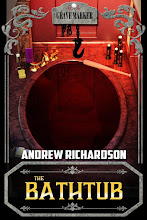





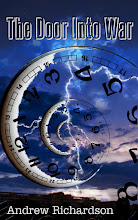
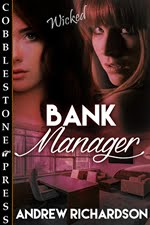

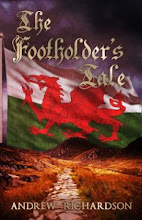
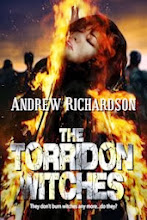
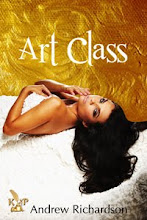
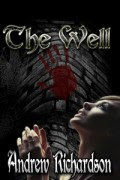
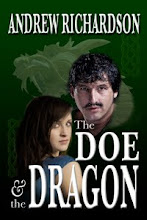

No comments:
Post a Comment